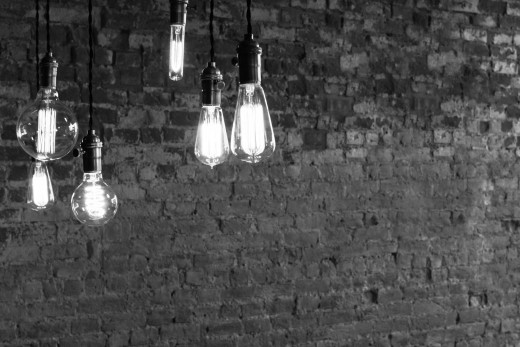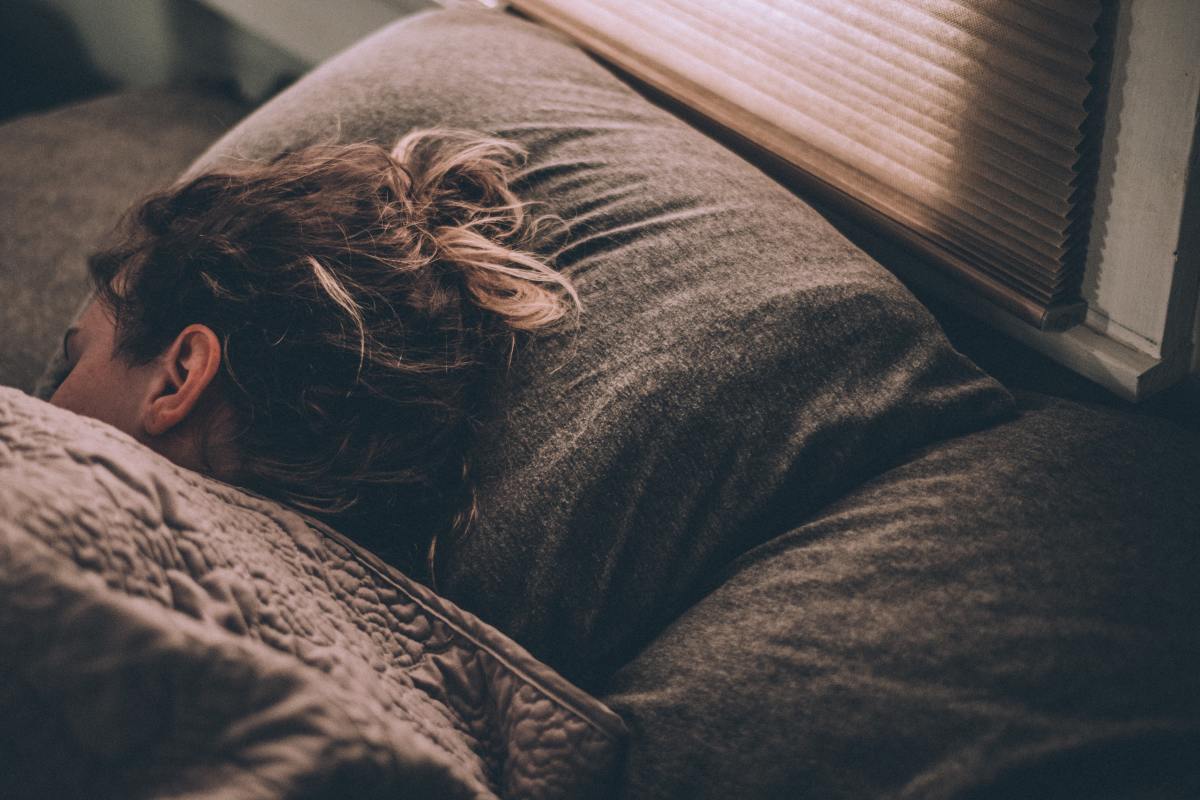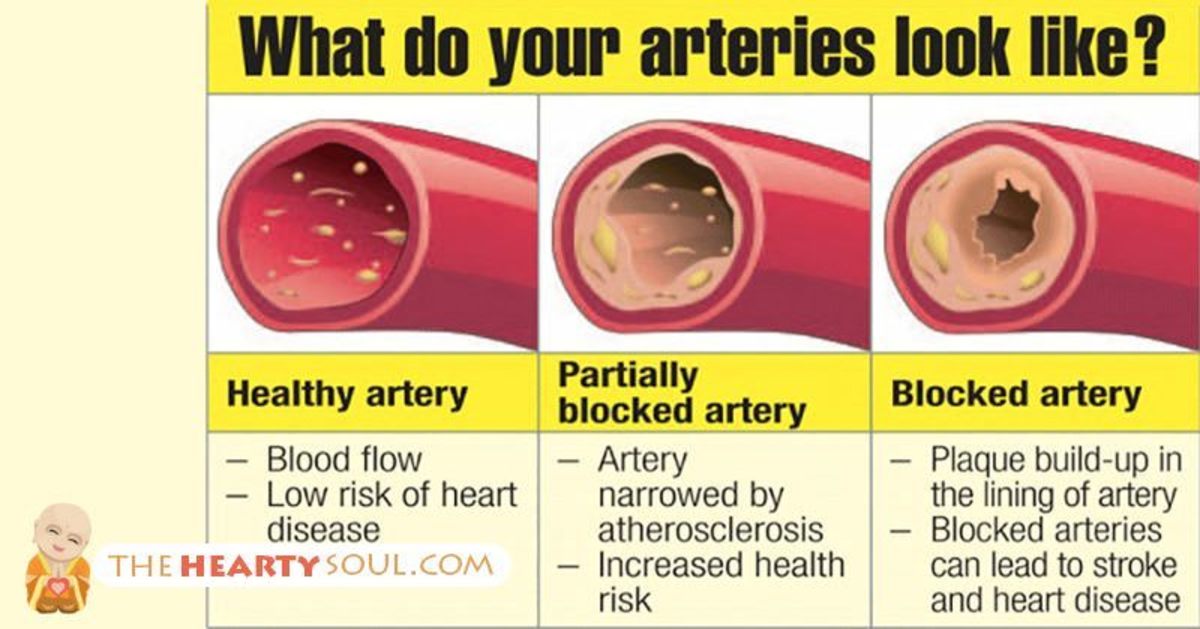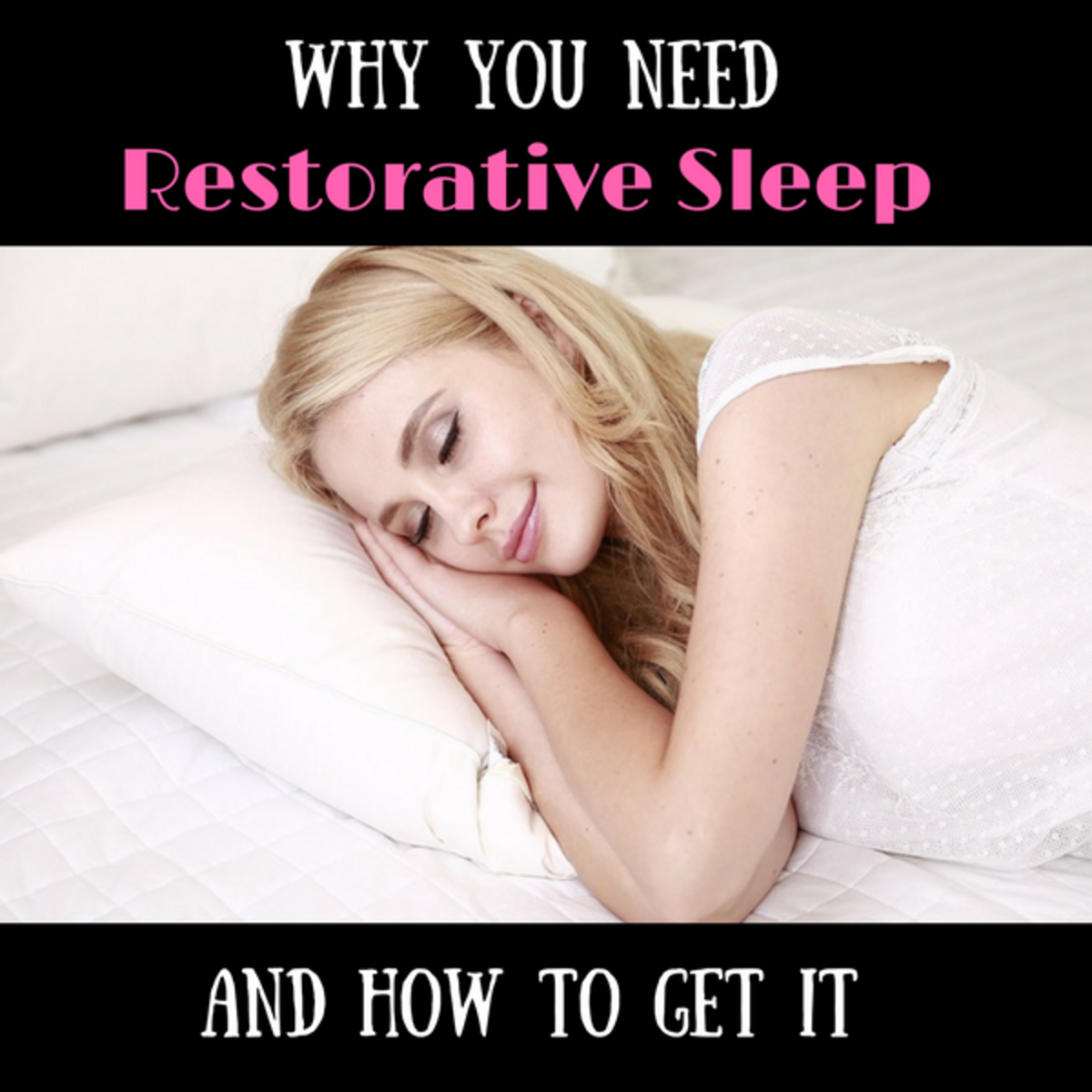- HubPages»
- Health»
- Personal Health Information & Self-Help»
- Self-Help for Sleep Issues & Sleeplessness
Sleepytime Tip - 1 Stop worrying away your beauty rest

Introduction
Do you find yourself feeling worried and anxious when you lay down to sleep? Do you ruminate with thoughts of your day’s waking activities swirling through your mind – preventing you from a restful sleep? If you do, this pattern of restlessness will make the quantity and quality of sleep difficult.
Our bodies require sleep in order to maintain proper function and health. In fact, we are programmed to sleep each night as a means of restoring our bodies and minds. Two interacting systems—the internal biological clock and the sleep-wake homeostat—largely determine the timing of our transitions from wakefulness to sleep and vice versa. [http://healthysleep.med.harvard.edu/healthy/science/what/sleep-patterns-rem-nrem, accessed 04.10.2018]
Sleep patterns are affected by multiple factors, including one’s age, one’s body clock in terms of the time of day/night, one’s sleep history, recency and intensity of exercise, stress level, chemicals e.g. consumption of food, sugar, alcohol and medications, recent travel across time zones (jet lag) and environmental factors such as temperature, light and so forth. To read more about the science behind external factors that influence sleep, review Harvard’s online publication: http://healthysleep.med.harvard.edu/healthy/science/how/external-factors
What can you do?
When you find yourself waking up or tossing and turning in bed while your mind re-plays troubling issues, take note of any recurring theme/s and your body sensations.
Reflect on whether the theme is about:
- Relationships
- Work
- Finances
- Physical threats
- The future, etc.
Under each theme will be specific thoughts and feelings. Start by listing the theme and the specific thoughts that underlie the worry before lying down to sleep.
For example, the following falls under the finances theme:
‘If I lose my job, I will not be able to pay the mortgage, and then I will become homeless. That makes me feel nauseous.’
‘I love bargains, but if I don’t stop spending, I will not be able to pay off my credit card debt and that makes me clench my jaw and teeth.’
‘I am living just above my means and if something unforeseen happens, I won’t be prepared with a back-up. My head feels dizzy and I begin to sweat when I think about this.’
Other body sensations you may experience when worrying include: heart pounding or racing, aches and pains, headaches, dry mouth, twitching muscles and breathlessness.
Ellen Petry Leanse, in her article published on Medium, The Secret Power of Sleep [https://medium.com/the-mission/the-secret-power-of-sleep-f7c651bf1ddd accessed 21.06.2018], recommends an intentional sleep practice to enable your mind to prioritise and categorise your thoughts and ‘worrying’ noise. She uses a museum curator metaphor to interpret, navigate and make sense of your thoughts.
… we can help our brains strengthen things we want to develop and grow by intentionally activating them: calling them to mind. Since our brains use our thoughts and activities as signals of what matters to us, we can help our curator know what’s important by deliberately directing our thoughts.
We can do this anytime, yet making it a pre-sleep practice helps ensure thoughts are activated, even if they haven’t risen on their own during the day.
To use “an intentional pre-sleep routine”, your goal is to S L O W down, breathe from the belly, unclench your teeth and maybe your fists, and accept the worry rather than try to control it – find a place in your catalogues of active thoughts to ‘file it’. Remember, worry is experienced ‘inside’ you.
Once we relax, our brain begins to sort and catalogue our thoughts and daily events. This is often the best time to record your thoughts, feelings and body sensations.
Don’t avoid worry – the flight response to stress
and
Don’t fight worry – drawing more attention to worrying thoughts and heightening the body sensations.
When you try to control worrying thoughts, your muscles are likely to tense and your breathing is likely to become shallower. So, breathing from the belly forces you to let go of ‘control’. Sometimes it helps to stretch out your hands to stop them from balling up into tense clenches. You can do this with deep breathing from the belly – extending your chest while you breathe deeply then exhaling through your nostrils slowly. Repeat these exercises until the tension releases.
When you look at your thoughts, feelings and sensations rather than seeing the world through them, eventually you will perceive them differently and respond to them differently.
For more information on sleep, refer to TED TALKS EDUCATION
Dan Gartenberg: The brain benefits of deep sleep -- and how to get more of it. Dan Gartenberg is working on technology that stimulates deep sleep, the most regenerative stage which might help consolidate one’s memories and form one’s personality.
[https://www.ted.com/talks/dan_gartenberg_the_brain_benefits_of_deep_sleep_and_how_to_get_more_of_it accessed 21.06.2018]
Arianna Huffington: How to succeed? Get more sleep. Arianna Huffington shares a small idea that can awaken much bigger ones: the power of a good night's sleep. Instead of bragging about our sleep deficits, she urges us to shut our eyes and see the big picture: We can sleep our way to increased productivity and happiness -- and smarter decision-making.
[https://www.ted.com/talks/arianna_huffington_how_to_succeed_get_more_sleep accessed 21.06.2018]
Or, read Arianna Huffington’s 2016 publication, The Sleep Revolution.







